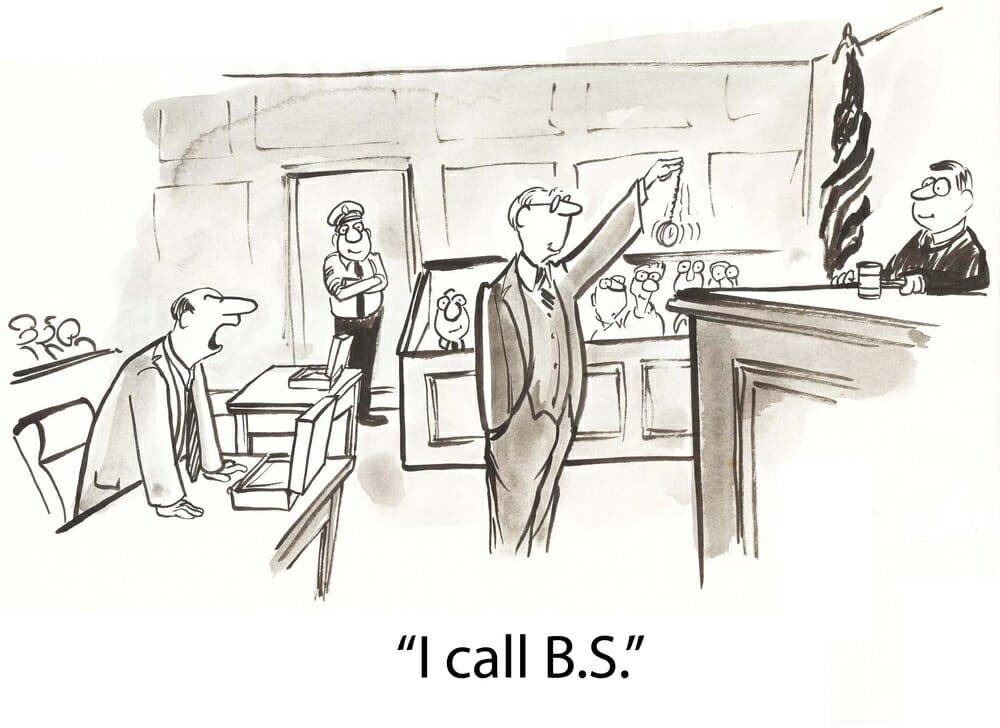
{Read in 4 Minutes} As a Trust and Estates attorney, I am in Surrogate’s Court quite often. Sometimes, it is representing a person who is asking for relief from the Court, such as the issuance of Letters, the probate of a Will, or perhaps even the removal of an Executor who has not been acting in the best interest of the Estate, its creditors or its beneficiaries. Sometimes, I also will represent an Objectant — someone who is opposing the relief requested in the Court. The Surrogate’s Court considers dozens, if not hundreds, of such applications every single week.
Interested parties to a Surrogate’s Court proceeding will receive notice of an application. This comes up two times. The first involves a Citation. The Court will issue the Citation upon interested parties at the beginning of the proceeding. The purpose of the Citation is for the Courts to give notice to anyone who might be adversely affected by the relief requested in the Court, and give them the opportunity to show up either with an attorney or without one, and make their position known to the Court. This only happens at the outset of the proceeding.
What happens when the Court entertains an application after the proceeding has started?
We refer to these as motions, which are requests from one party, for the Court to do something either in the middle of the case, or to end it completely.
What do you need to know about motions in the Surrogate’s Court?
1. Usually, they will start with a Notice of Motion. This will advise the other parties to the proceeding of the type of relief the moving party (called, the Movant) is seeking from the Court. It will give the party the date on which the Court will hear the motion, either in person or online.
2. The party receiving a Notice of the Motion has the opportunity to oppose this motion. Any opposition must be put in writing, explaining to the Court exactly the grounds on which that party believes the Court should deny the application.
3. The party receiving the Notice of Motion may also wish to make a motion of their own. We call this a Cross-Motion, where the party can not only oppose the relief requested, but ask the Court to do something else entirely.
What should you do if you receive a Notice of Motion?
The answer is before anything else, you should take a look at the date on which the motion is returnable (the date on which the Court will hear the application). This is a very important deadline. If you oppose the relief requested, you or your attorney need to put in a written response by this time and date, or the Court might not allow you to file papers later. If you need an extension of time, Courts will often grant that, particularly if it’s your first time requesting an extension.
So, as you can see, motions are an important part of the Surrogate’s Court practice that every attorney and litigant deals with on a frequent basis.
For more information on this topic, please contact me.

